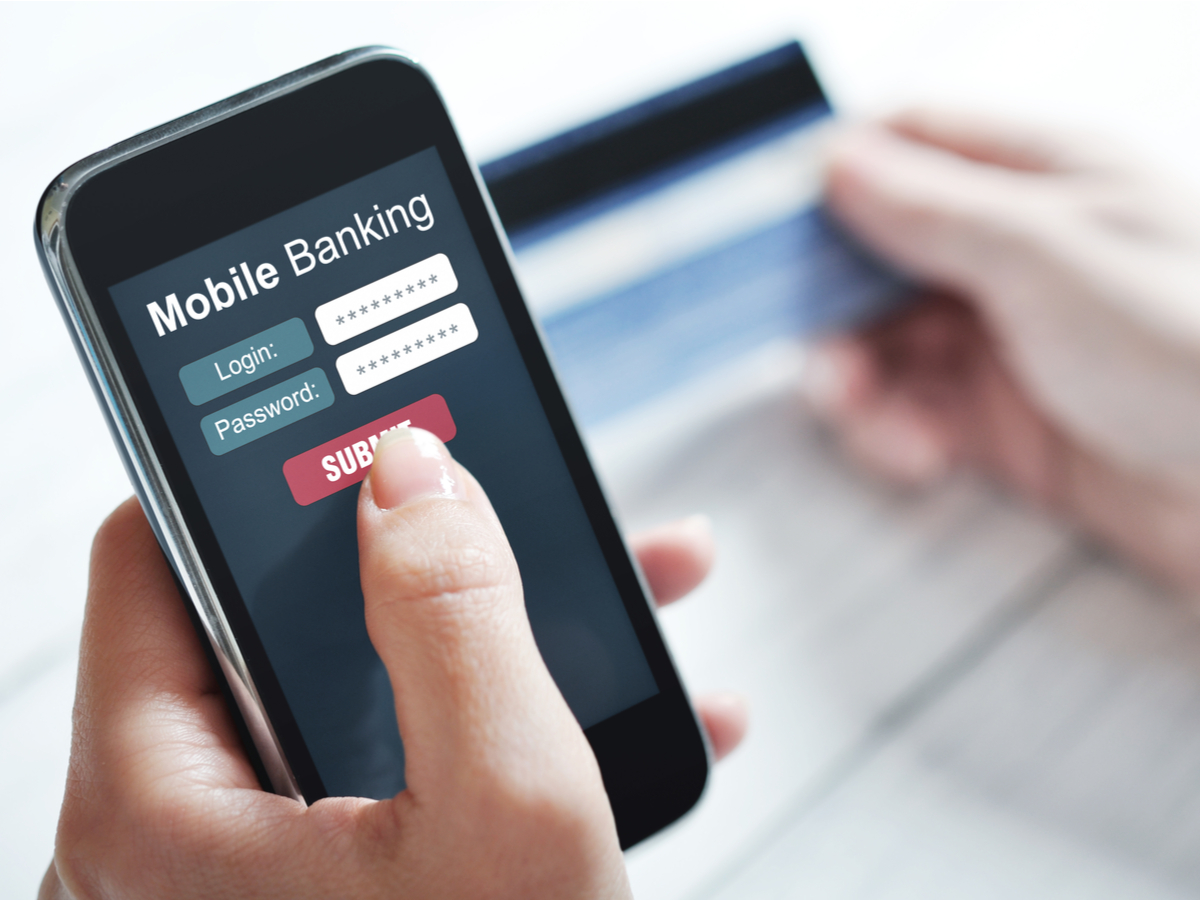Mobile banking is the process of carrying out an financial transaction on an mobile device. It can be anything from the bank sending an alert for fraud to the phone of a user to the client transferring money to family members.
Some financial institutions and banks provide mobile banking services to their customers for remote transactions. Contrary to traditional banking on the internet mobile banking typically utilizes an app offered through the bank.
It’s accessible 24 hours a day and is dependent on the data connection of the device. We’ll explore everything you need to learn about this bank service.
Table of Contents
Mobile Banking History
The initial variant of mobile banking was called SMS banking. It permitted banking transactions to be made via texts or via SMS. However, the options were rather restricted. For instance, you could send a text message to the bank asking for your balance, or be alerted about transactions that impacted you bank account. But the introduction in Wireless Application Protocol brought new options for banks and customers. Initial WAP bank service launched by Norway in 1999 and became quickly adopted by other banks.
As smartphones became more popular that run Android or iOS operating systems, banking on mobile devices began growing. At first, it allowed users access to access online banking via browsers. Then, they began to develop applications specifically for this purpose. Nowadays, many banks have sophisticated interfaces as well as enhanced capabilities for transactions. According to research the revenues of mobile apps worldwide is $318 billion.
The fundamentals of mobile Banking
Banks have apps for mobile devices that which you can download on your mobile device. You can use them for financial access and keep track of your expenses, pay bills transfer money in other banks, and so on. Additionally, you can access your statements on a regular basis and other documents, and create auto-notifications to help control your bank account. It is important to establish an encrypted connection prior to signing in to your mobile banking application is essential to protect your any personal data from being stolen.
Four Main Sorts Mobile Banking Services
Account Data Access
With mobile banking you’ll have all the necessary information to better manage your funds within reach. You can check your balances and statements upon demand, look up transactional history, track your bank deposits, check the card or loan statements and much more.
Transactions
Mobile banking allows you to make payments and transfers of money easy. You can pay third-party organizations and transfer money to yourself, or transfer funds from a bank to another. Finally, you make payments via NEFT/IMPS/RETG/UPI/MMID.
Contribution
You can make fixed or recurring deposits or put money into mutual funds, and access the portfolios you have with investment management services that are available at any time.
Support Administrations
Support services include all the aspects of a an enjoyable banking experience. For instance, banking apps permit you to track what’s happening with your loan or credit status, submit complaints, follow-up on debit or credit requests, and even find the closest ATM.
The main benefits of Mobile Banking
Mobile banking is simple to use, convenient and efficient. It lets you carry your account from your bank in your purse and make transactions wherever you go. These are the four main advantages of mobile banking.
Access to your bank account 24/7
Mobile banking allows you to access your account at any time, anywhere. The convenience of mobile banking is unparalleled and saves the time as well as effort. You can see your balance or make your check in within the confines of your home. In addition, you can view your statements from banking and transactions information in real time. Furthermore you can be informed of transactions in your account and take action in a proactive manner when you notice suspicious transactions.
High level Elements
Alongside the standard banking transactions, a lot of applications for banking are brimming with features. Some apps may include tools for budgeting and tracking as well as personalized financial advice or access virtual assistants. Furthermore, these apps could offer additional benefits, such as locating ATMs near you and ATMs with cardless withdrawals.
More noteworthy Control
Another benefit to mobile banking includes that it allows you to manage your money and moving it around in the way you want. Like we mentioned that you are always in access to your bank account. You can also keep track of your transactions in real-time while keeping a close eye on the location of your data. In addition, some banking applications allow you to activate the new debit or credit card. You may also be able set up control for your cards and savings goals in order to better organize your finances.
Upgraded Security
Mobile banking is usually considered safer secured than traditional banking. Many banks make the process of adding an extra layer of security to their banking apps simple. For example, you can integrate multi-factor authentication or biometric authentication to sign into your account. In addition, banks can look for risk and request for further verification if the user logs in on an unidentified device.
Final Thoughts
Mobile banking lets you access bank services any location and at any time. In turn, you’ll be able to save time by paying your bills by depositing checks, paying bills, or transfer funds at your own discretion and at your own discretion.










